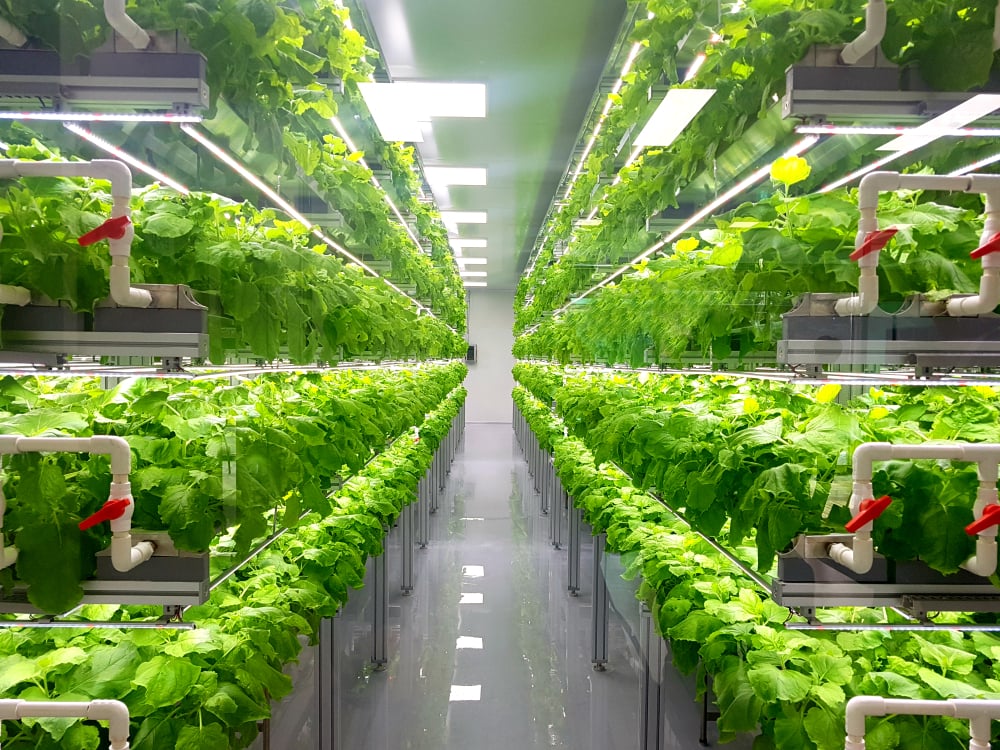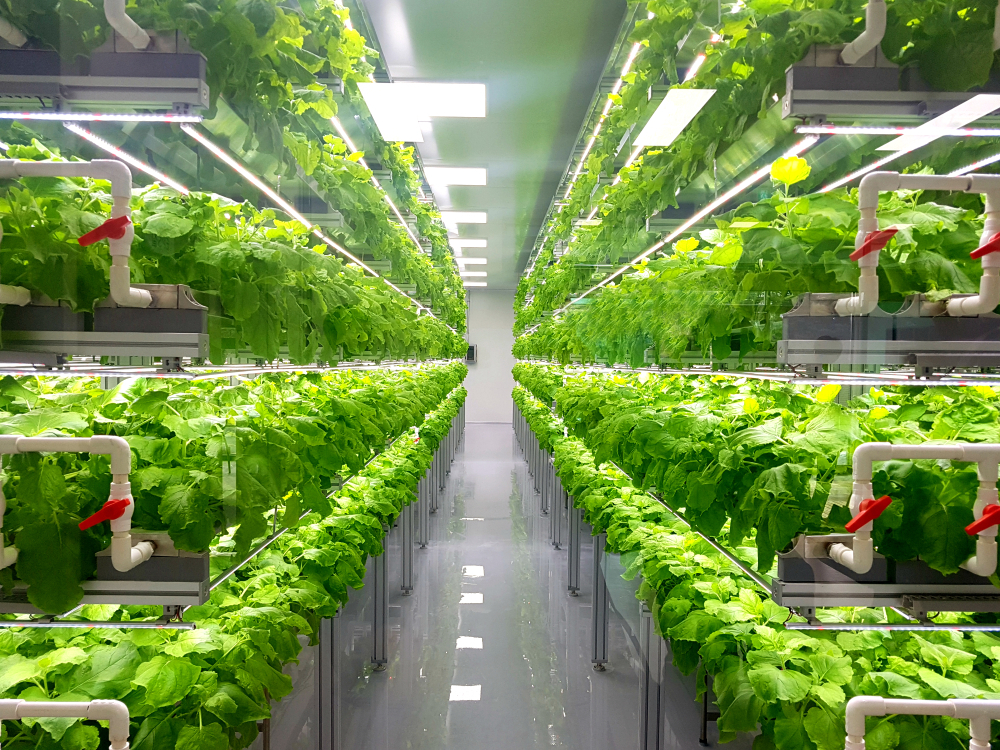The project is to establish a fish farming project for the species (dentex – grouper – sea bream) using floating cages and modern and advanced proper farming requirements to produce a product of excellent quality with the availability of highly experienced and efficient workers.

It is an aquatic farm for the production of vegetables and fish. The project farms tilapia, catfish, carp, and Asian sea bass, and uses its water to grow leafy vegetables (tomatoes, cucumbers, lettuce). The project aims to target hotels, supermarkets, wholesalers, food supply companies, fish markets, hypermarkets, and fish shops. Aquaponics is an integrated farming method between plants and fish, relying on fish waste to feed the plant and relying on feeding the fish with plant nutrients added to the water, such as calcium, potassium, and nitrogen. The aquatic farm project aims to achieve self-sufficiency in fish and agricultural vegetables by reducing imports. It also aims to contribute to covering part of the increasing demand for fresh fish and leafy vegetables. This is done by using the latest methods in the field of aquaponics and fish farming and using the resources available in the Kingdom of Saudi Arabia. The demand for leafy vegetable products is also characterised by increase and continuity due to the high demand for vegetable products and tilapia fish. Therefore, establishing an aquatic farm project is considered one of the great investment opportunities that achieve high economic returns.




The Kingdom of Saudi Arabia has given significant importance to the agricultural sector over the past five years, particularly following the launch of Vision 2030. Through this initiative, Saudi Arabia aimed to capitalize on available opportunities and resources to build a strong and sustainable economy.
As a result of its continuous efforts, the agricultural landscape has expanded, crop production has increased, and the number of livestock and fish yields have risen. This progress has contributed to enhancing food security and meeting the nutritional needs of citizens.
Because “Mashroo3k “, a consultancy firm specializing in economic advisory and market research, values keeping its clients informed about key industry trends, it presents here some relevant data. These insights serve as a valuable guide for those interested in investing in this vital sector.
